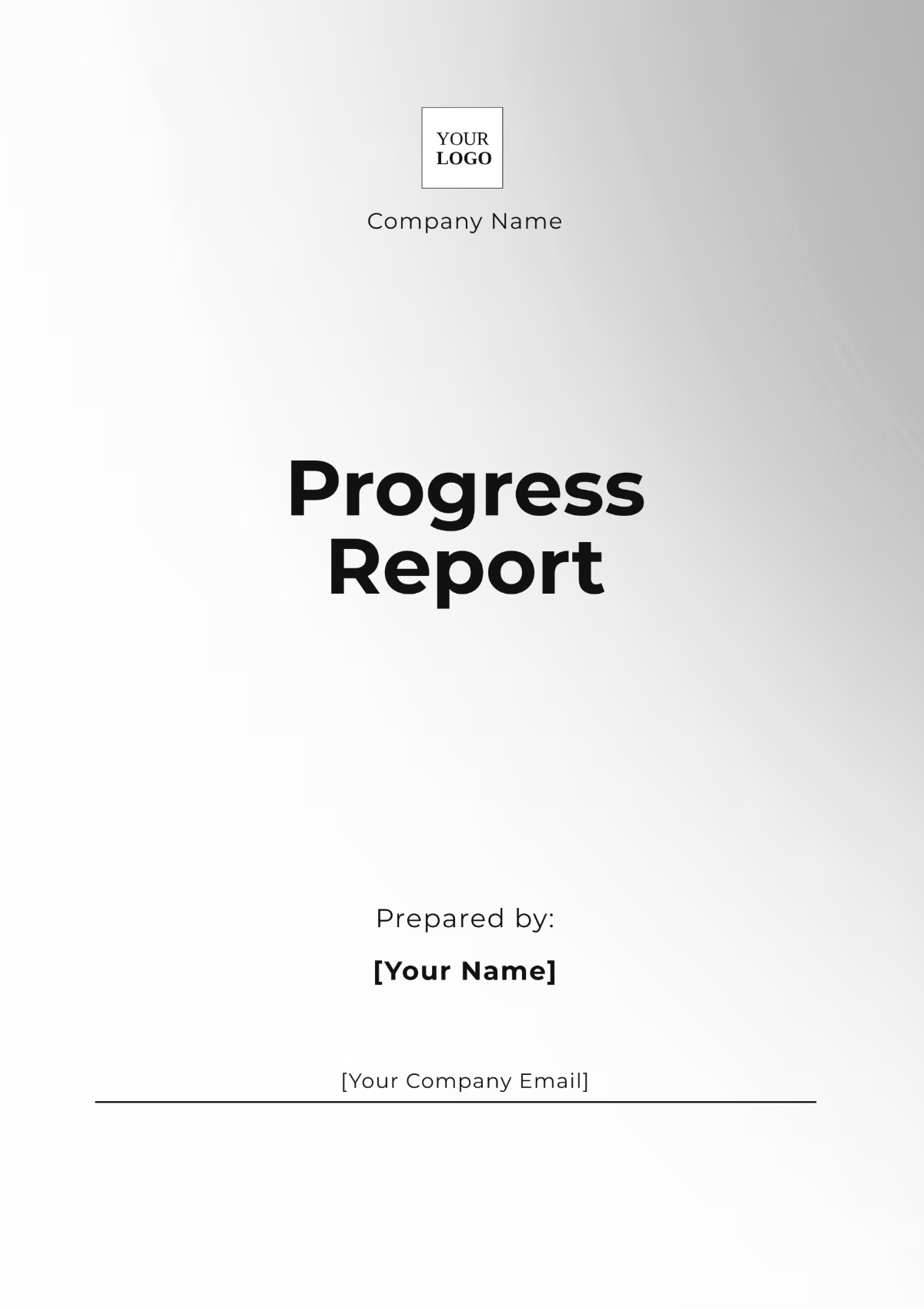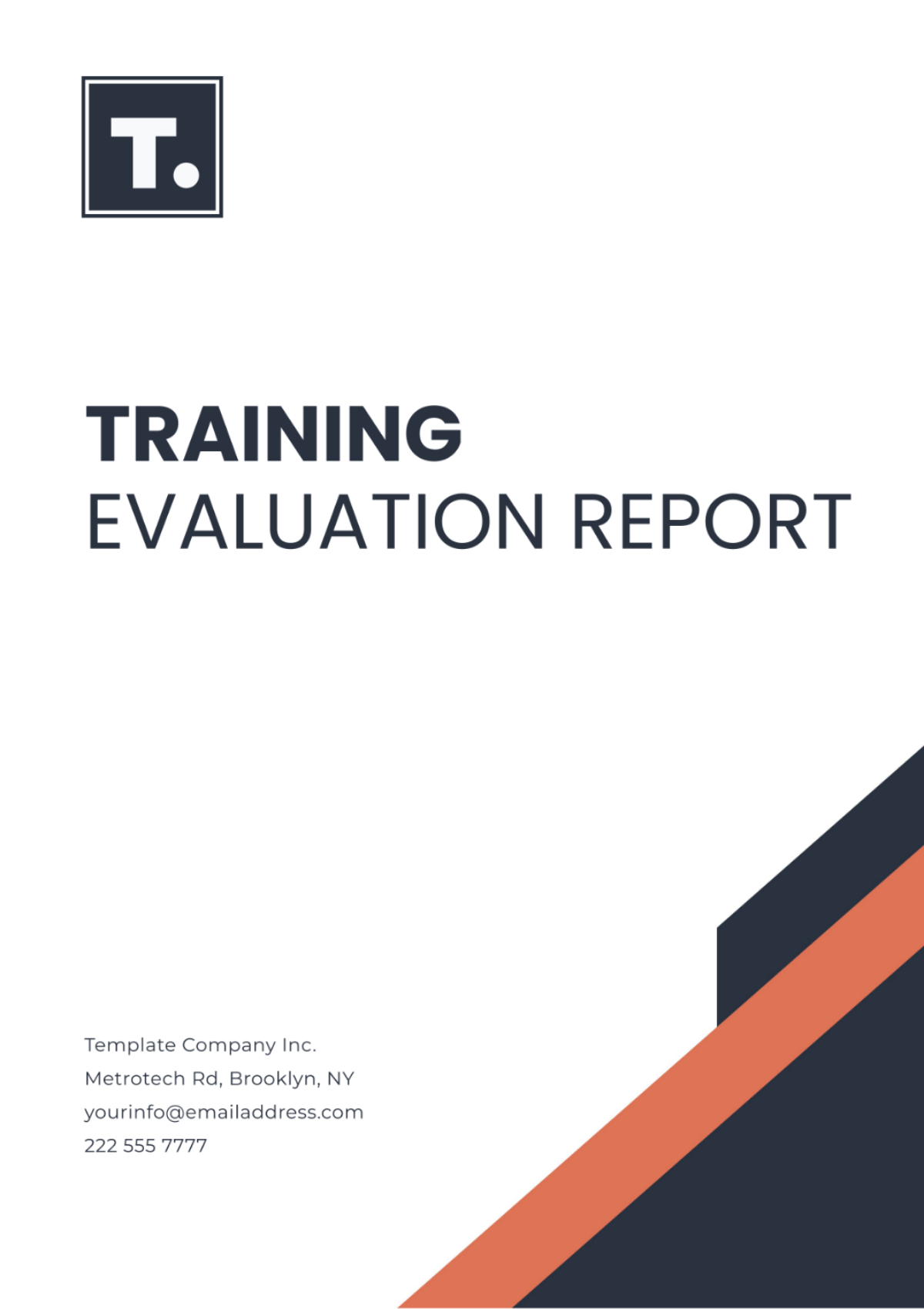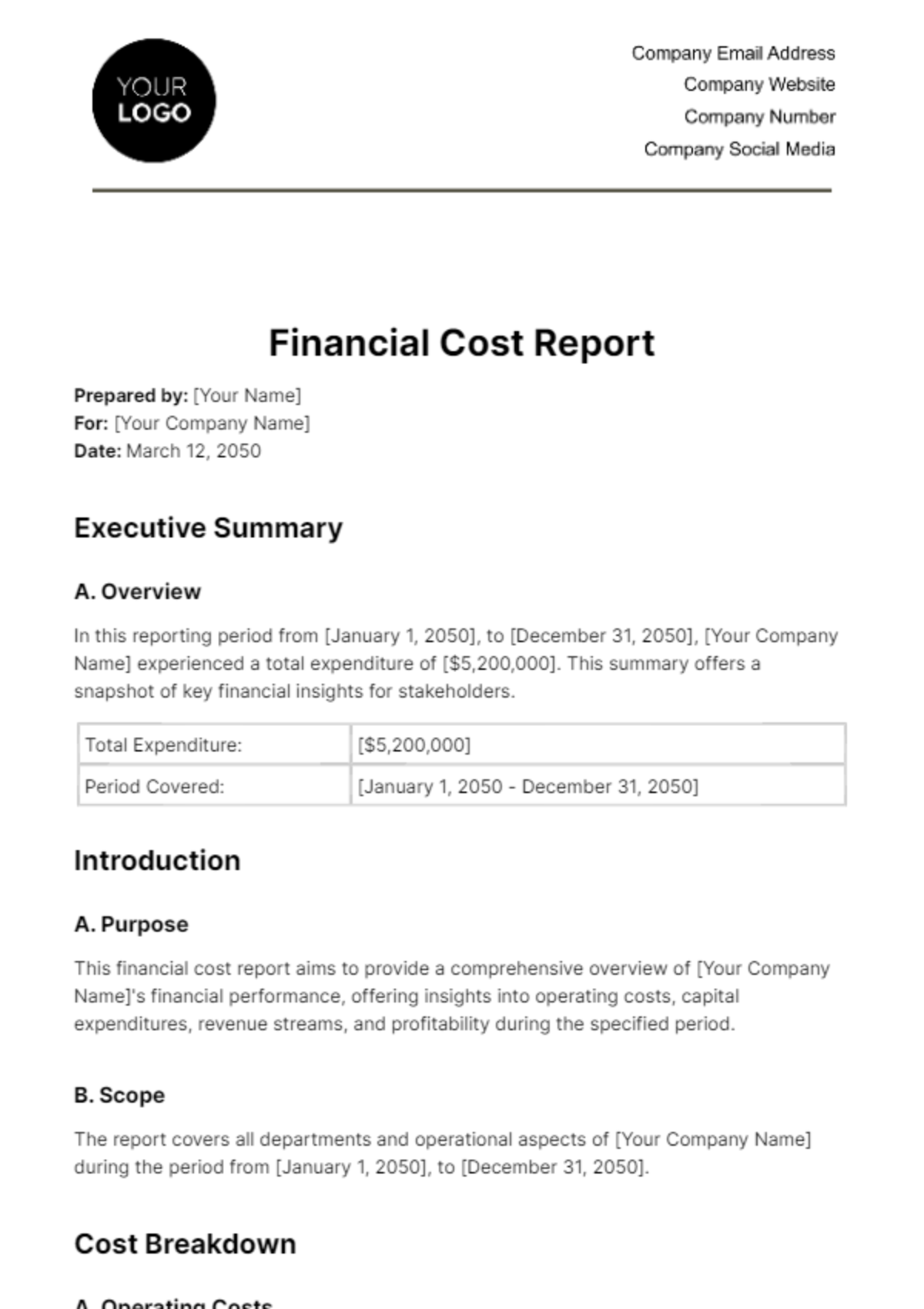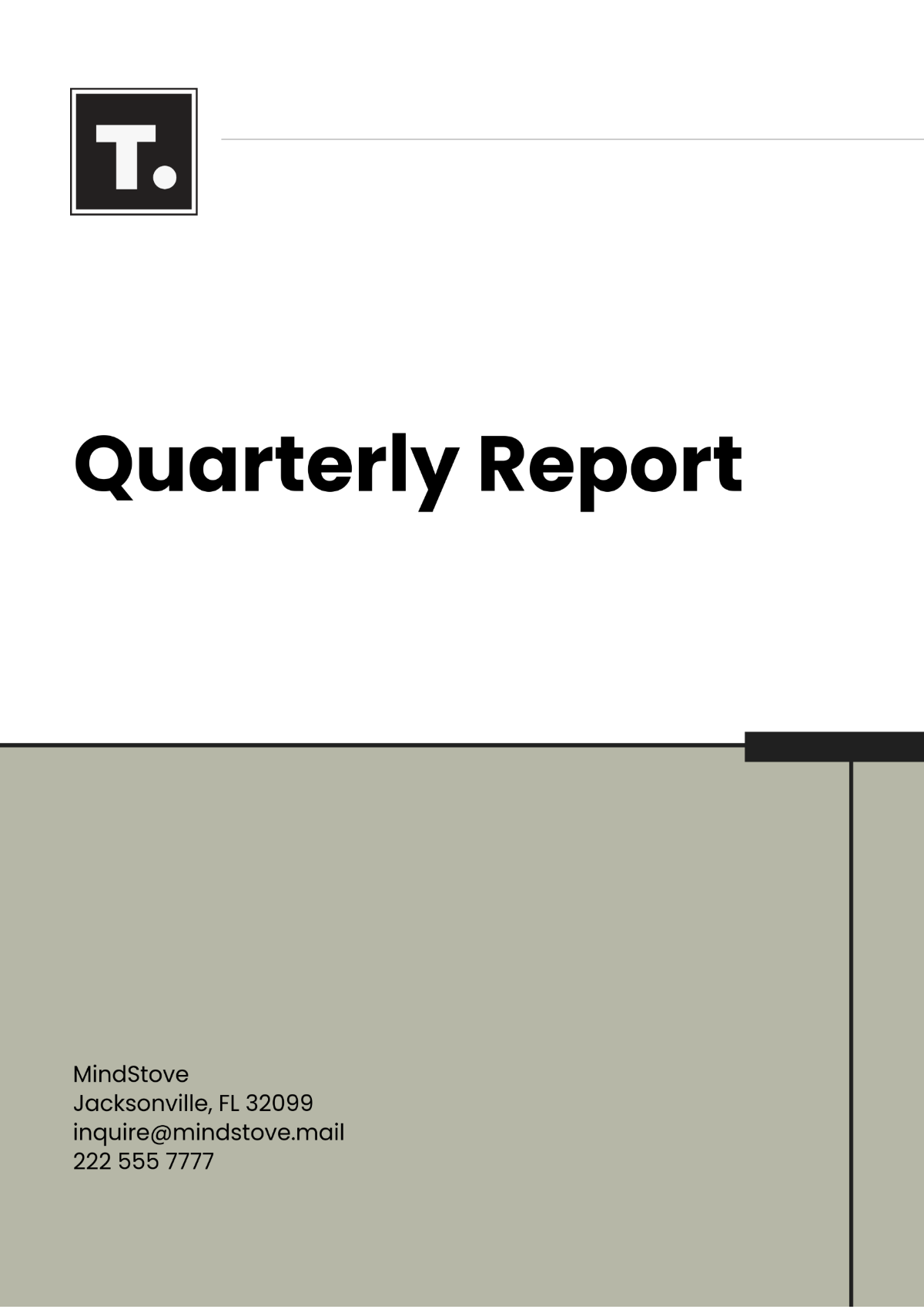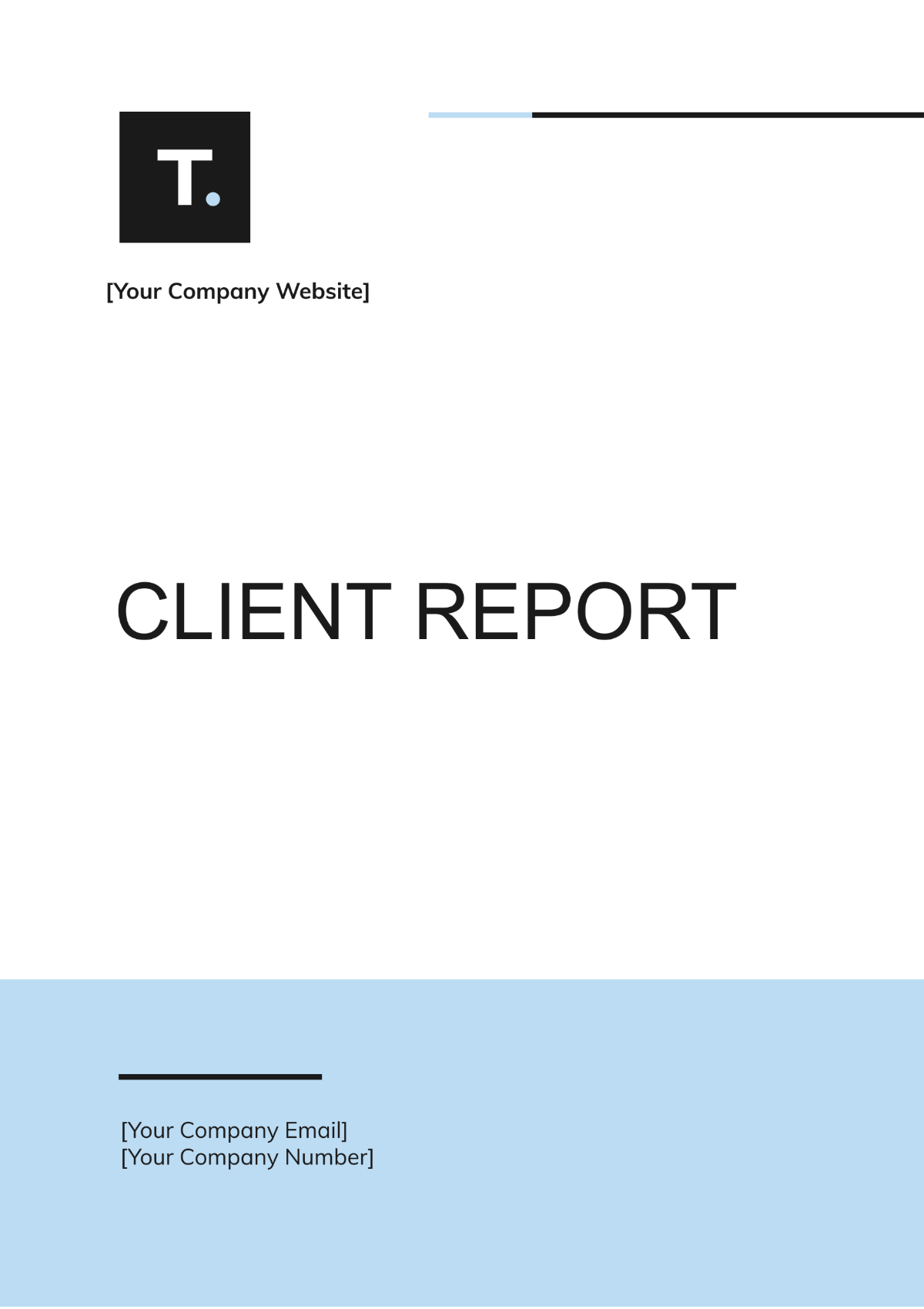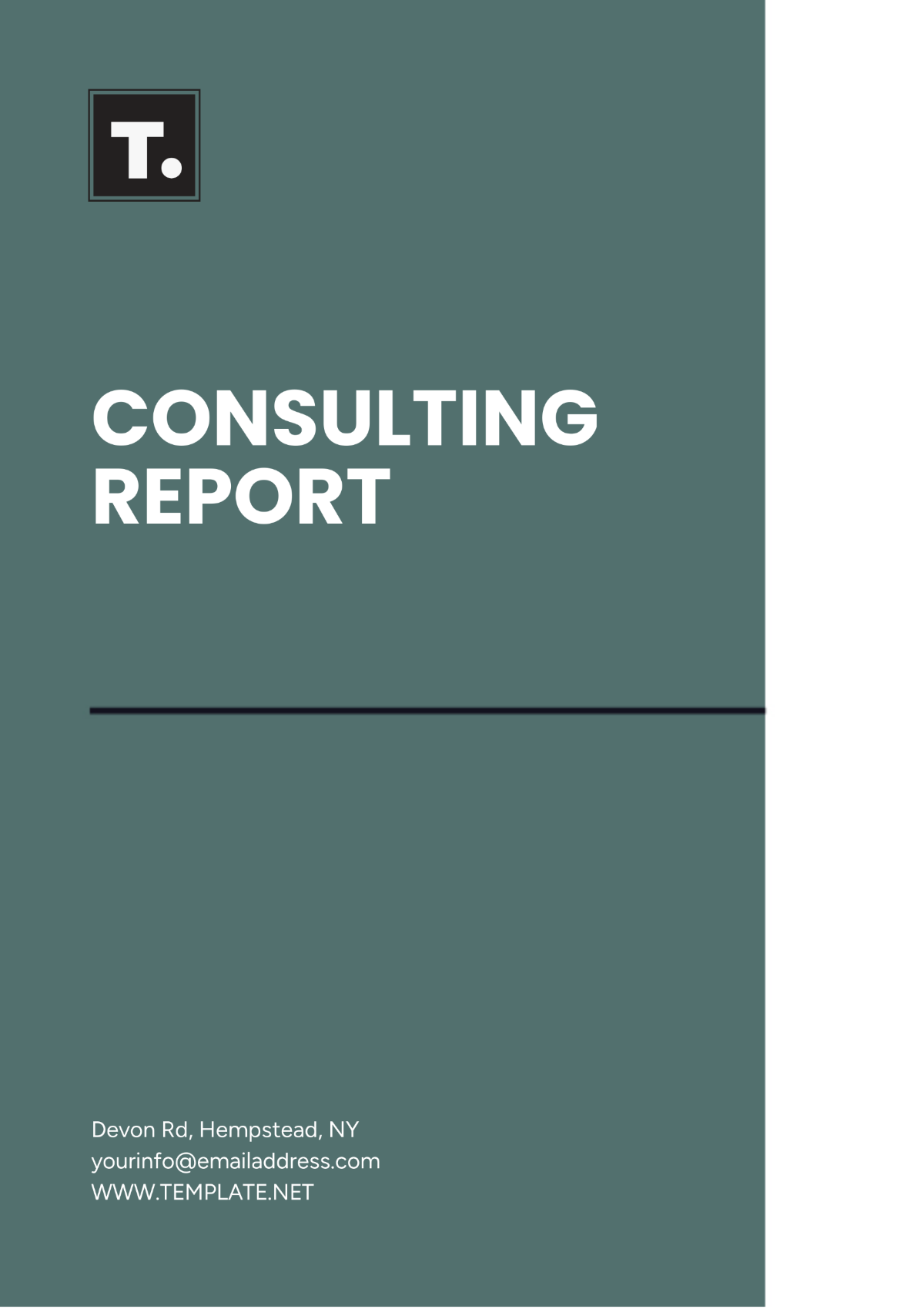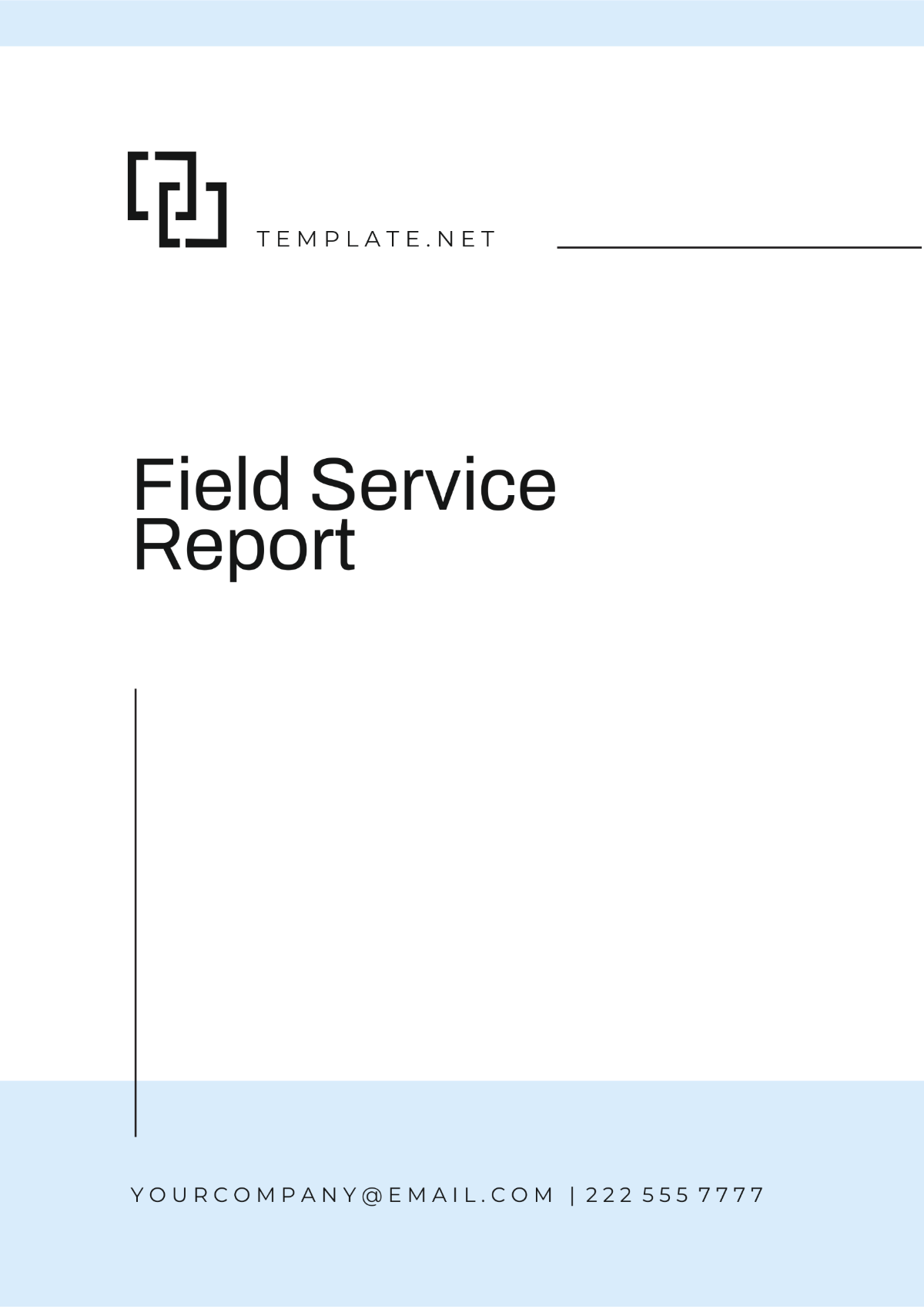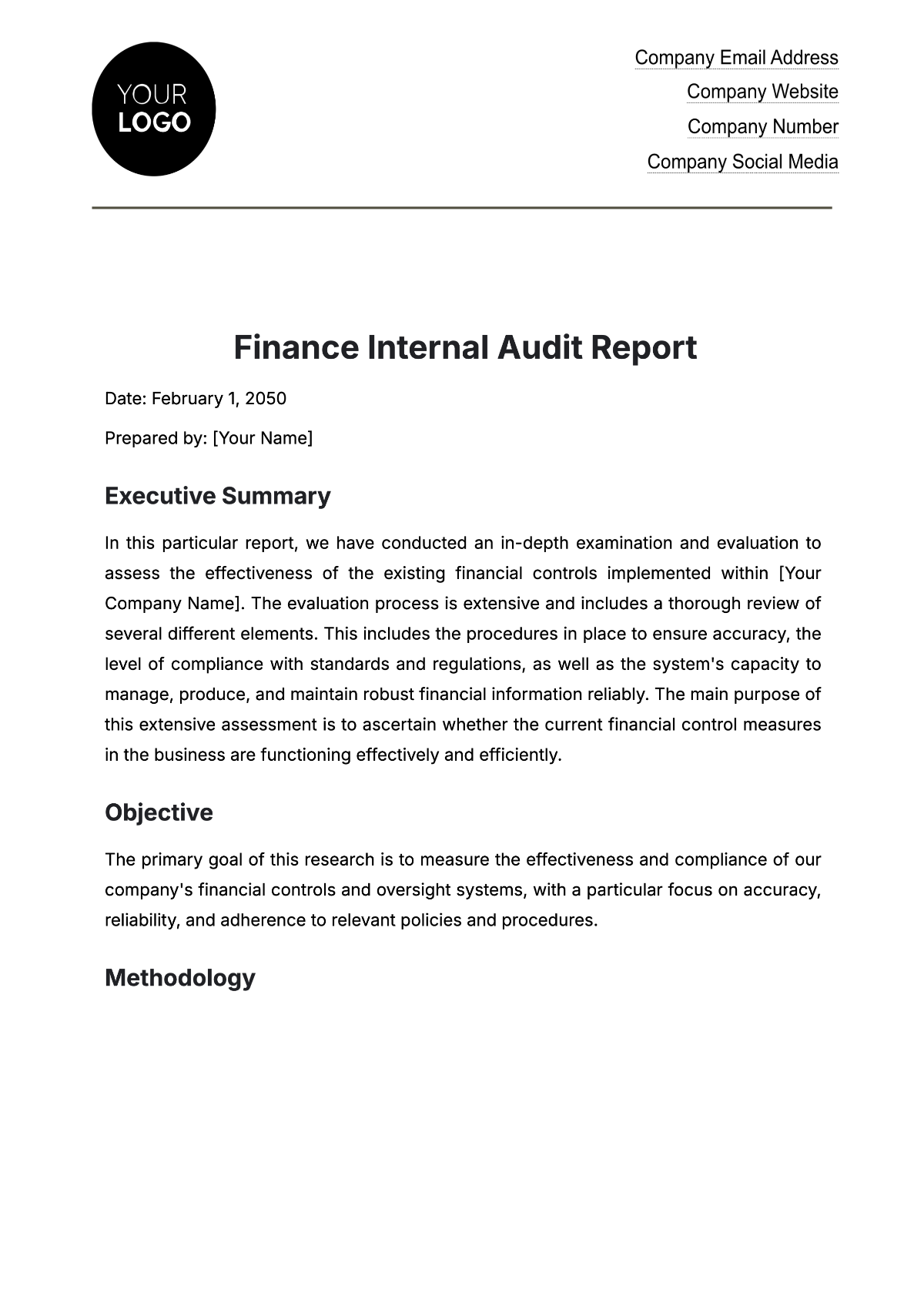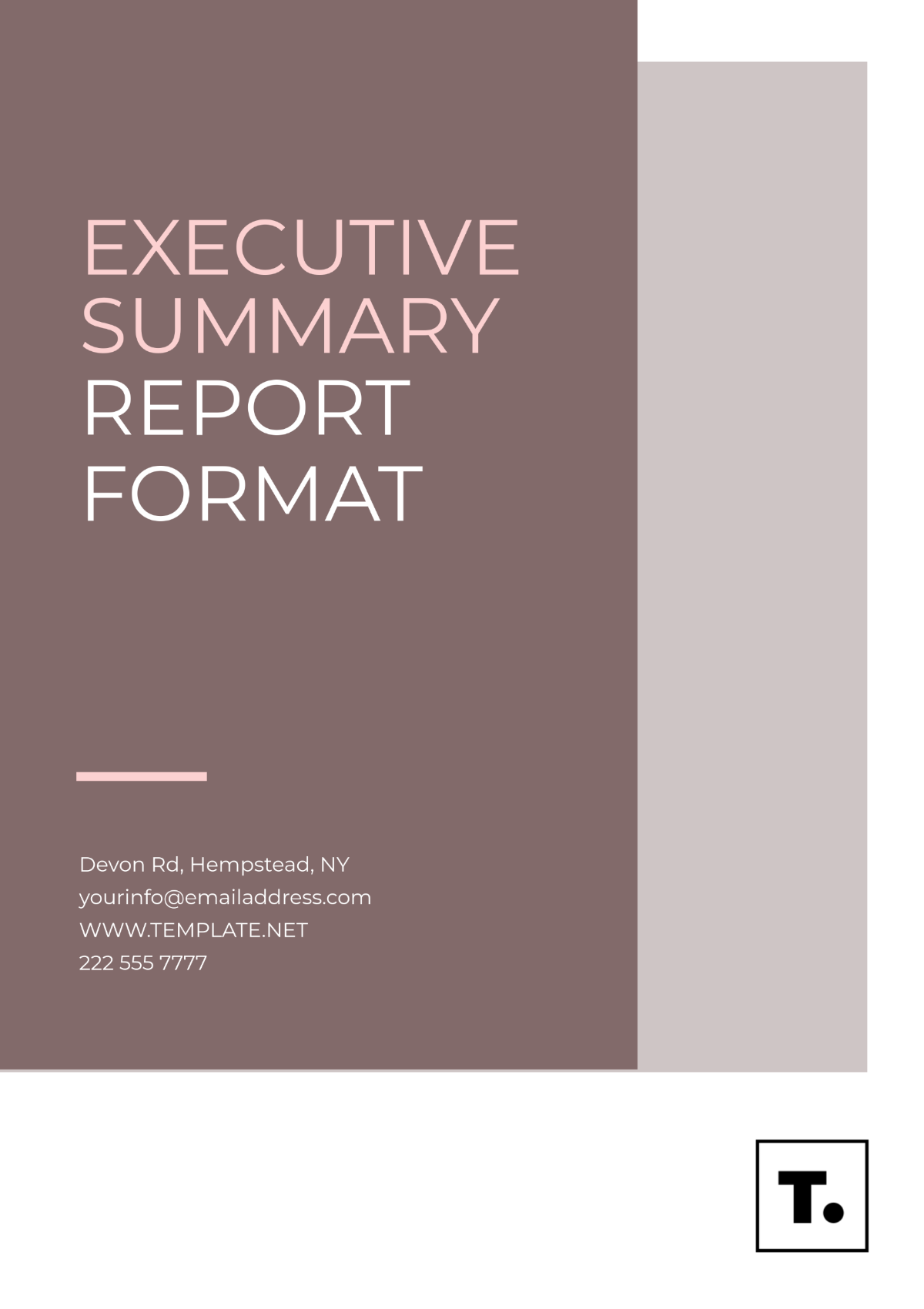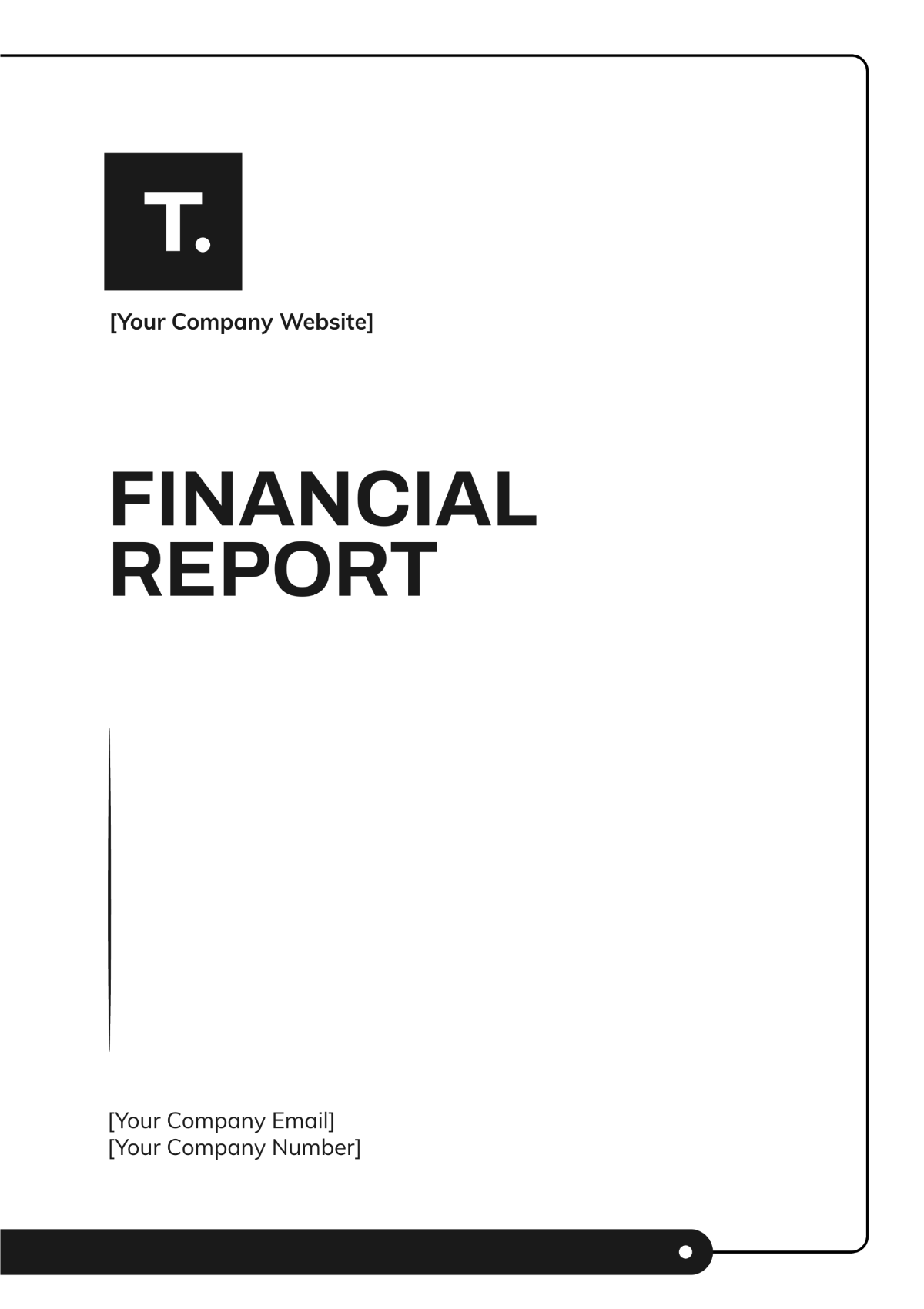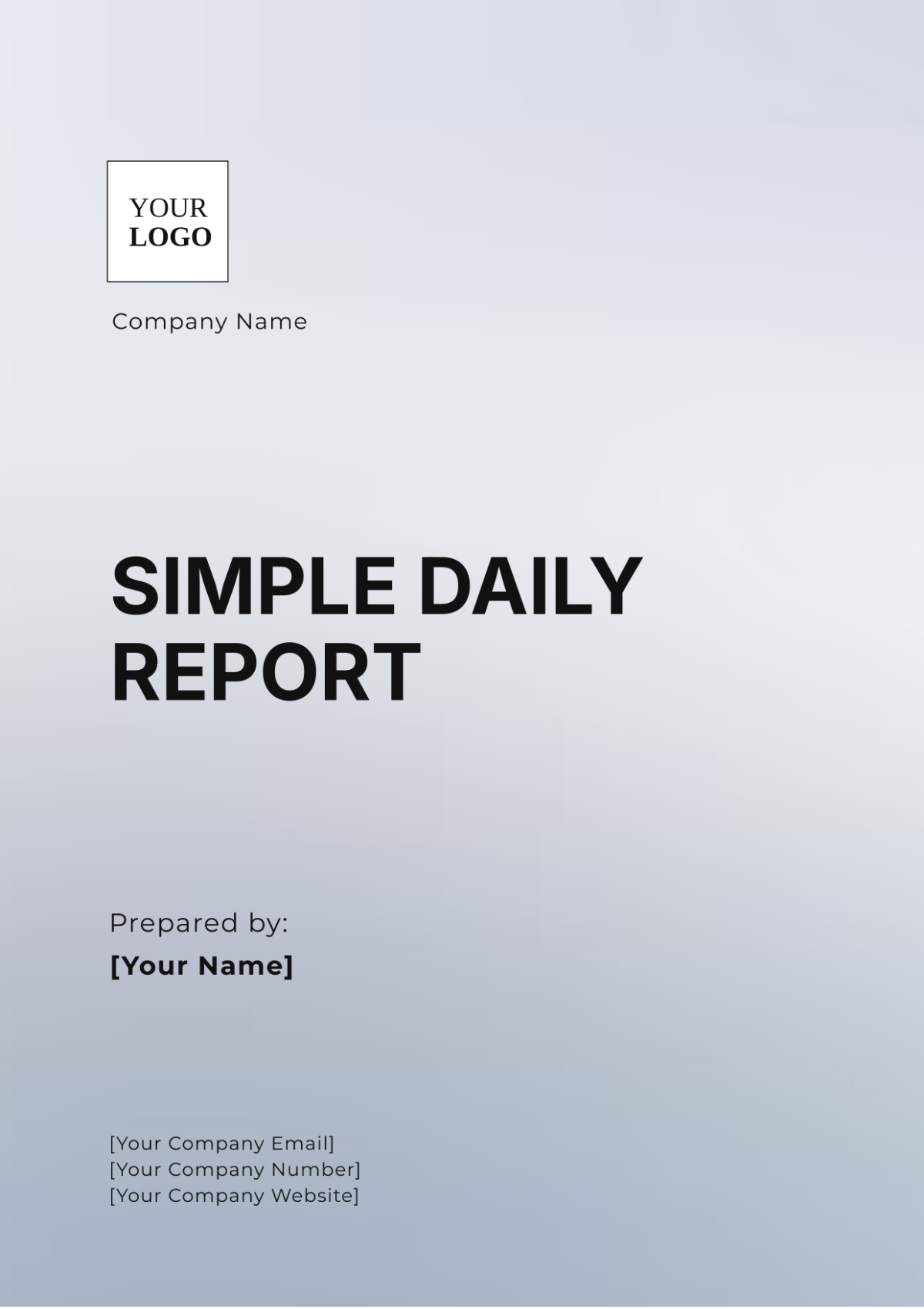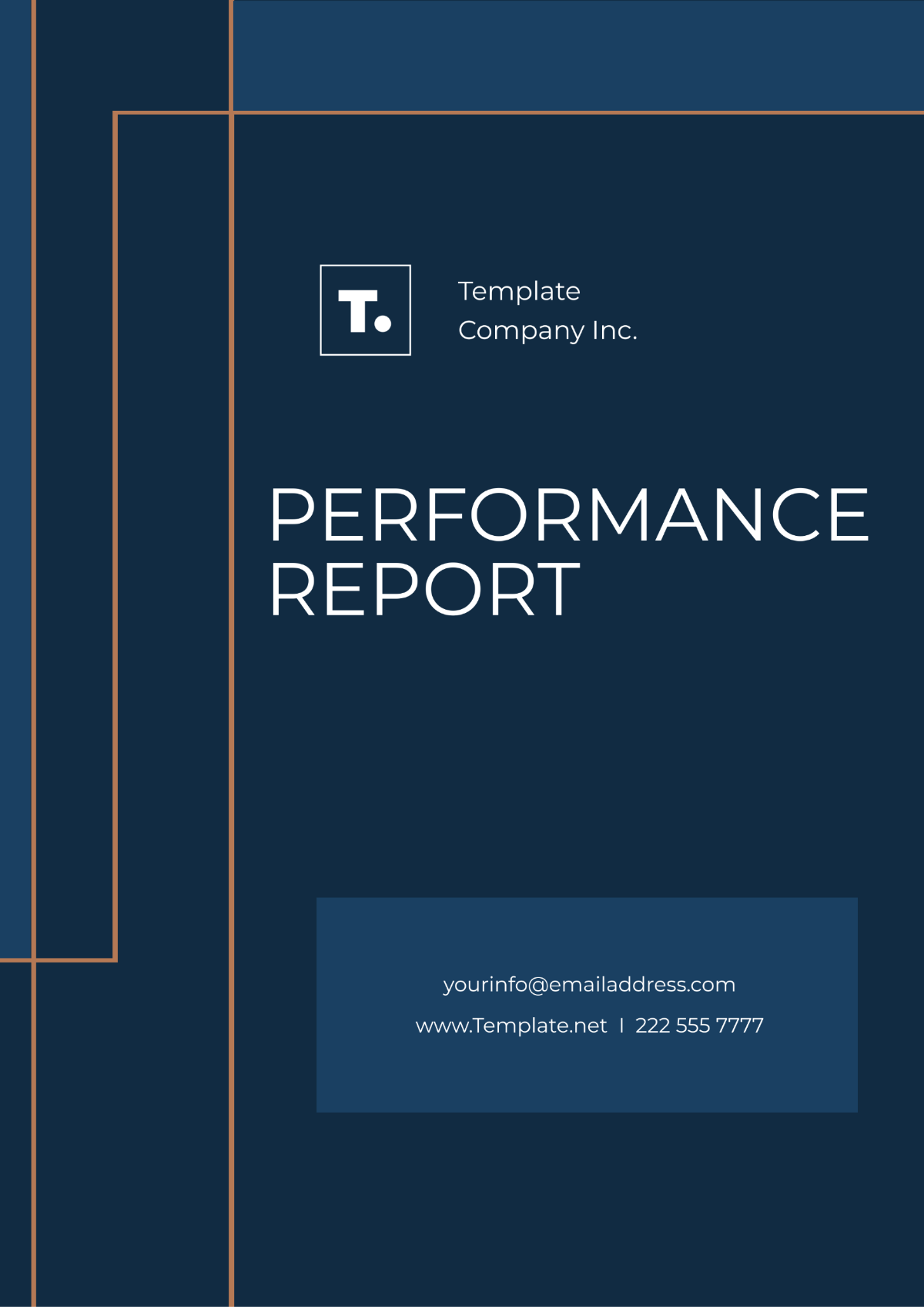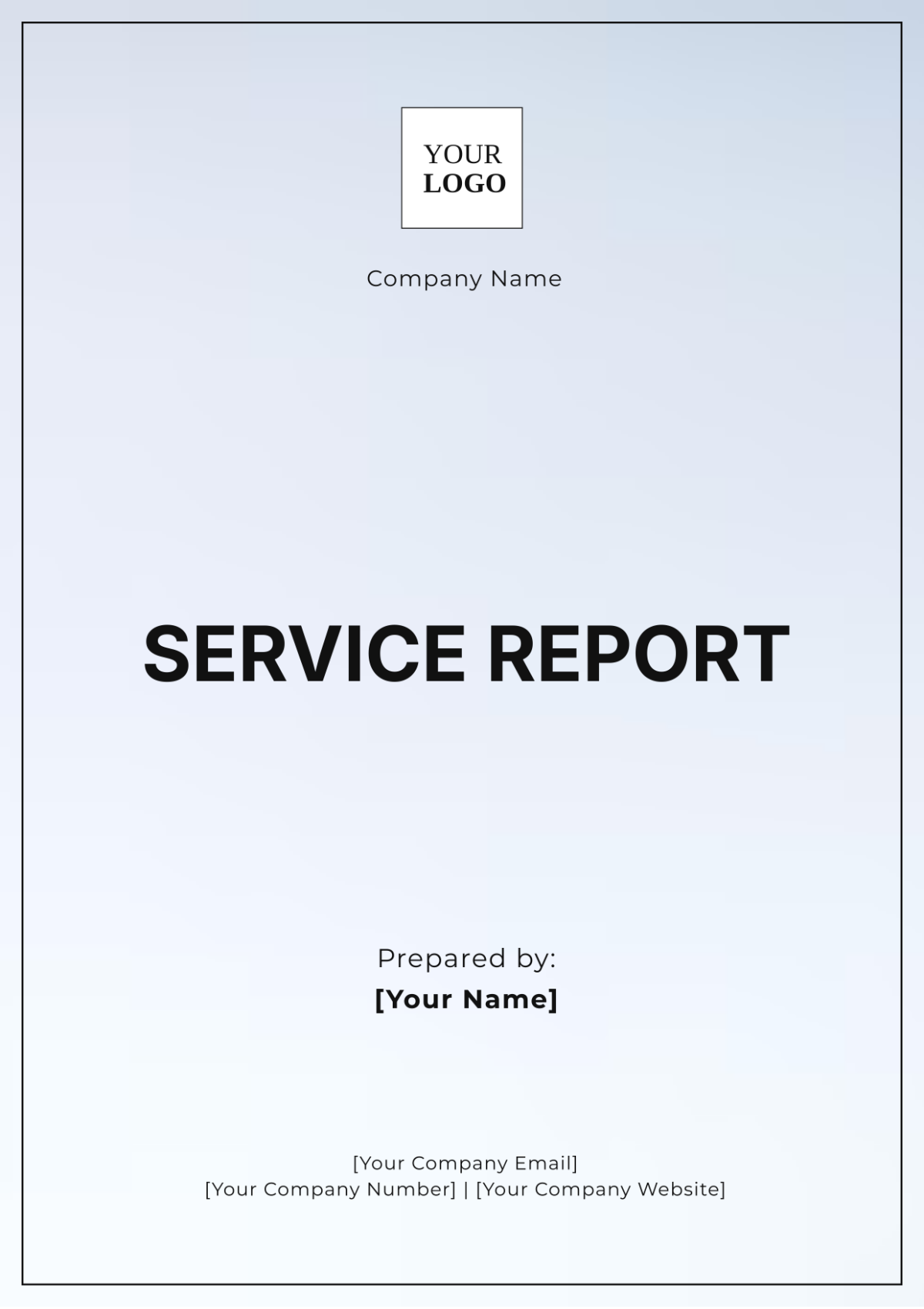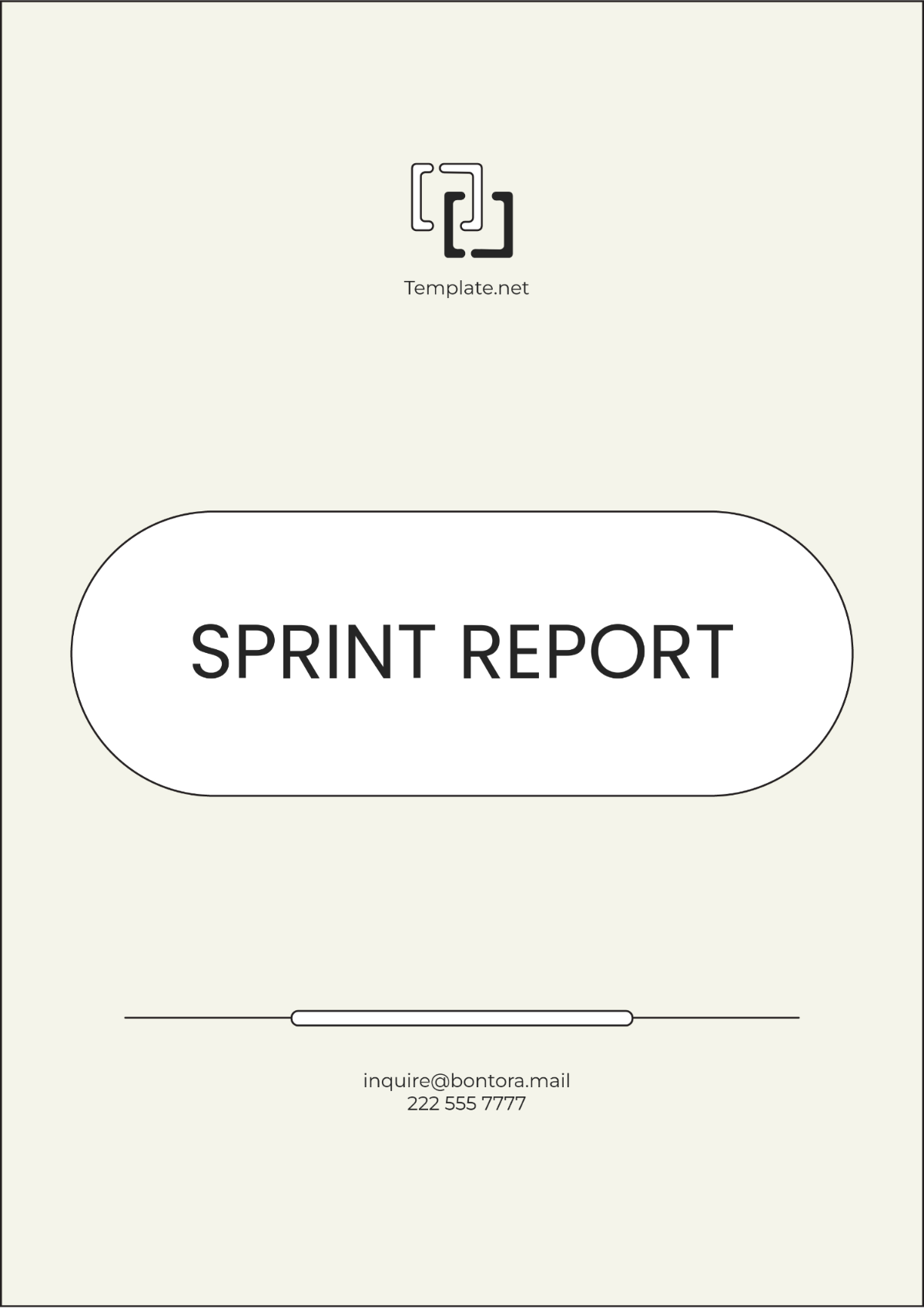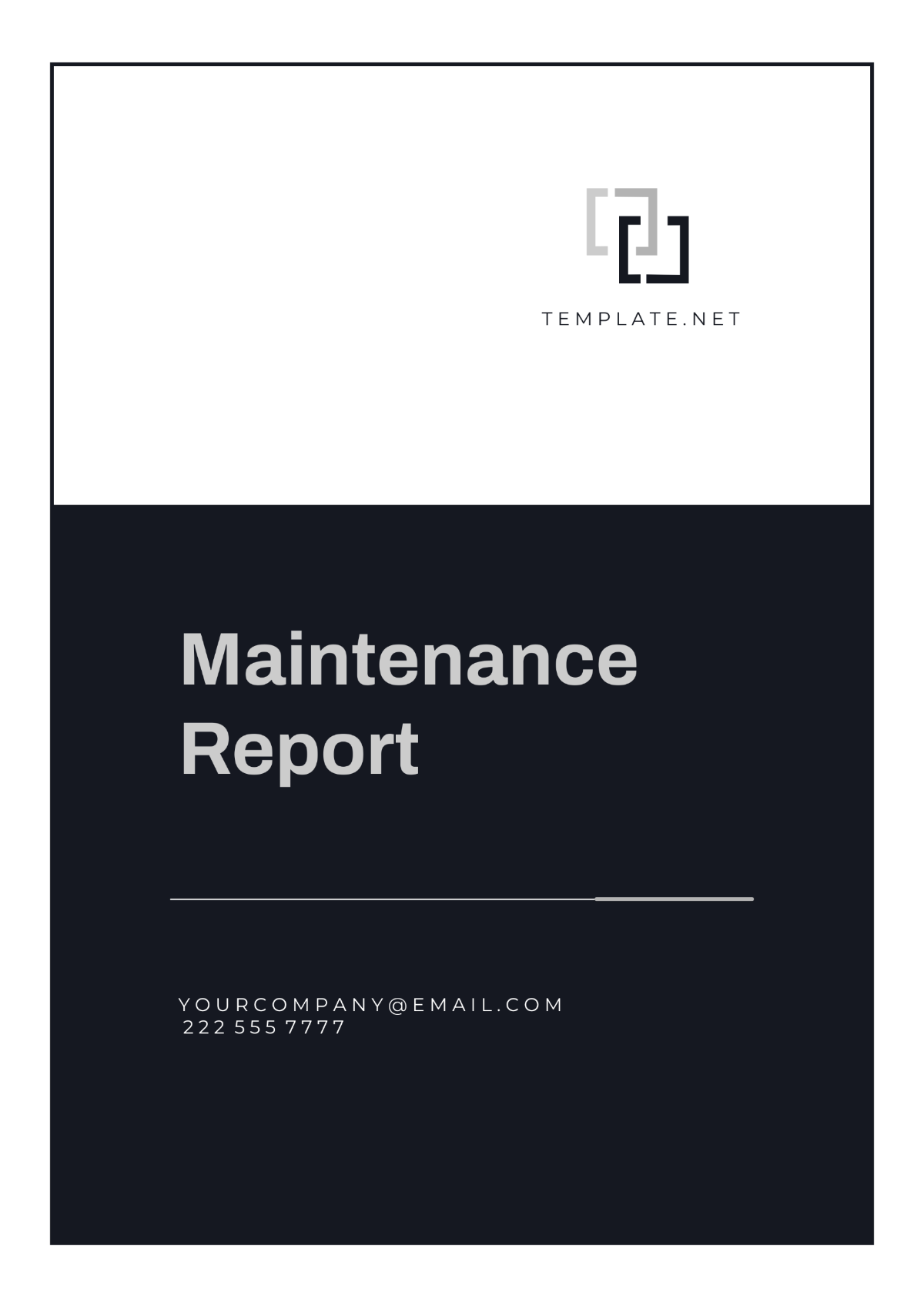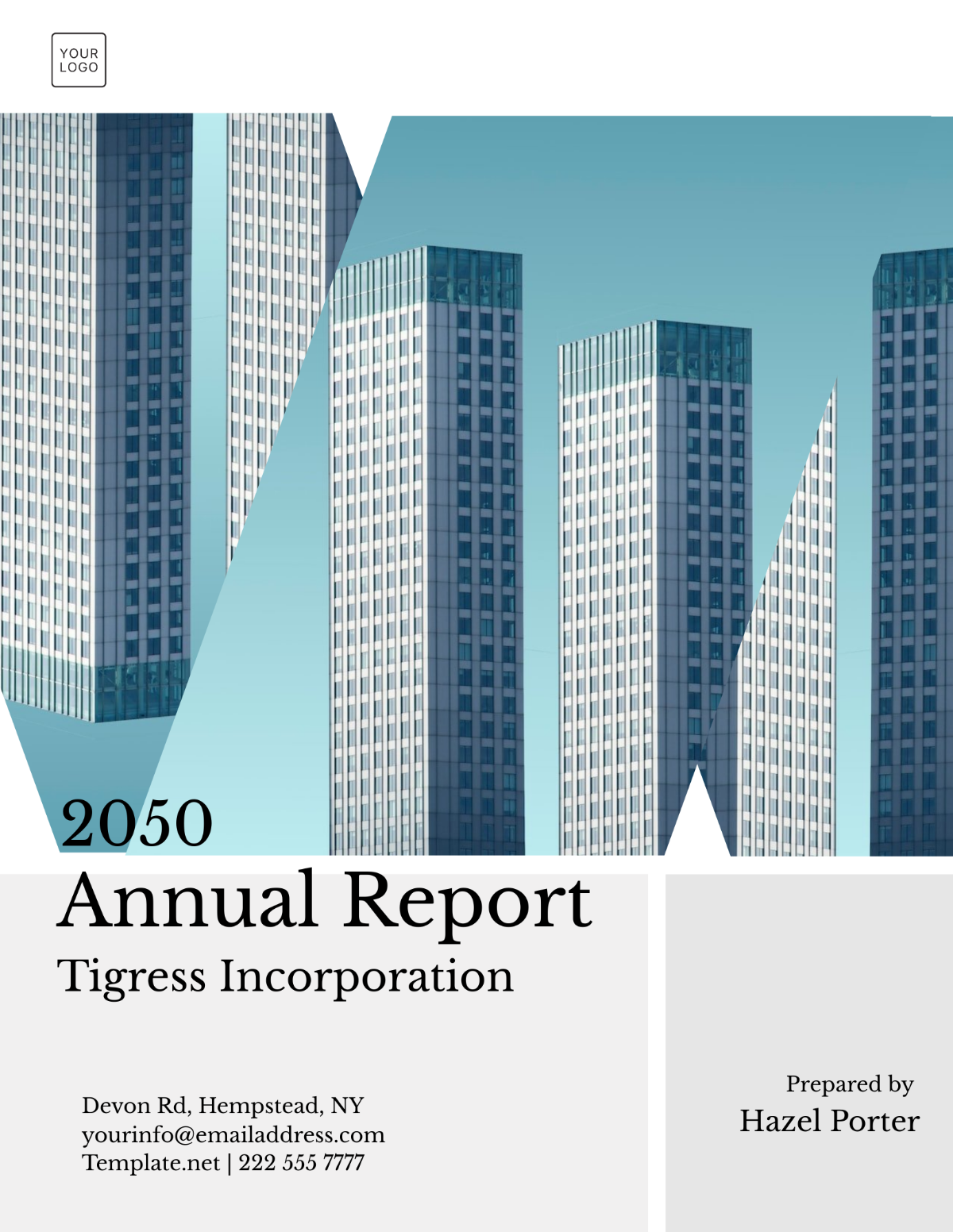Administration Report
I. Introduction
The Administration Report is a crucial document that offers a comprehensive overview of the administrative functions within [Your Company Name]. This report aims to provide an in-depth analysis of the administrative operations, including organizational structure, management processes, and key performance indicators. By reviewing these elements, [Your Company Name] can ensure that its administrative functions are operating efficiently and in compliance with applicable laws and regulations in the United States. Additionally, this report will highlight any areas that may require improvement or restructuring to better support the overall objectives of the company.
In an ever-evolving business landscape, maintaining effective administrative processes is vital for the success of [Your Company Name]. This report serves as a strategic tool to assess the current state of the administration and recommend actionable steps for enhancement. The findings and recommendations provided herein are based on a thorough evaluation of internal data, industry best practices, and compliance standards. Through this report, [Your Company Name] aims to foster a culture of continuous improvement, ensuring that administrative functions remain aligned with the company’s goals and adhere to all relevant legal standards.
II. Key Findings
The following key findings have been identified based on a comprehensive and detailed review of the sales data for the most recent quarter. These insights are crucial in understanding the performance of [Your Company Name] in various areas, including sales volume, revenue growth, customer acquisition, and retention rates. By analyzing these metrics, [Your Company Name] can better assess the effectiveness of its sales strategies and identify areas that are driving success, as well as those that may require further attention. These findings will serve as a foundation for future strategic planning and decision-making, ensuring that the company continues to achieve its growth objectives while maintaining customer satisfaction.
Sales Volume: Sales volume increased by 15% compared to the previous quarter.
Revenue Growth: There was a 10% rise in revenue, attributed primarily to the successful launch of two new products.
Customer Acquisition: New customer acquisitions rose by 20%, driven largely by targeted marketing campaigns.
Retention Rates: Customer retention rates remained steady at 85%, indicating consistent satisfaction among existing clients.
III. Analysis
The 15% growth in sales volume is a strong indicator of a positive market reception to [Your Company Name]'s product offerings. However, when compared to the industry average growth rate of 18%, it becomes evident that there is untapped potential for further expansion. This gap suggests that while our products are well-received, there may be opportunities to refine our sales strategies, optimize pricing, or enhance our distribution channels to capture a larger market share. A deeper dive into competitor performance and market trends could reveal specific areas where adjustments can be made to better align with industry growth rates.
The 10% increase in revenue, largely driven by the successful launch of two new products, underscores the effectiveness of our innovation and product development efforts. However, a closer analysis reveals that our legacy product lines did not perform as strongly, which could be an area of concern. This underperformance may indicate that our older products are losing their competitive edge, or that customer preferences are shifting toward newer offerings. To address this, it may be necessary to:
Reevaluate the marketing strategies for older products, ensuring they are still relevant and appealing to current customer needs.
Consider product enhancements or rebranding initiatives for legacy lines to reinvigorate interest and sales.
Conduct market research to identify whether emerging competitors or substitutes are impacting sales of older products.
The 20% increase in customer acquisition is particularly promising, signaling that our targeted marketing campaigns are effectively reaching and engaging new market segments. This growth reflects our success in tapping into previously underserved or unexplored demographics, thereby expanding our customer base. To sustain and build on this momentum, it may be beneficial to:
Analyze the specific channels and messages that contributed most to the increase in acquisitions, allowing for the refinement and scaling of successful tactics.
Expand our outreach to similar segments or adjacent markets where our products could also resonate.
The steady customer retention rate of 85% is indicative of a generally satisfied client base, but it also suggests that there is room for improvement in fostering customer loyalty. Given the rising competition in the market, enhancing customer engagement initiatives and loyalty programs could be key to increasing retention and maximizing customer lifetime value. Strategies to consider include:
Implementing personalized communication and rewards for long-term customers.
Developing more engaging post-purchase experiences to keep customers connected with our brand.
Launching referral programs that incentivize current customers to bring in new clients, leveraging their satisfaction to fuel growth.
By addressing these areas, [Your Company Name] can not only enhance its current performance but also position itself for sustained long-term success.
IV. Recommendations
Based on the analysis, the following recommendations are proposed to improve sales performance:
Product Line Diversification: Introduce complementary products to stimulate interest in older product lines and cater to a broader customer base.
Enhanced Marketing Strategies: Invest in more data-driven marketing initiatives to better target and convert potential customers.
Customer Loyalty Programs: Develop and implement comprehensive loyalty programs to increase retention rates beyond the current 85%.
Sales Training: Provide advanced training to the sales team focused on upselling and cross-selling techniques to maximize revenue from existing clients.
By addressing the areas identified for improvement and leveraging the existing strengths, the company can position itself for sustained growth and stronger market competitiveness in the upcoming quarters.
V. Conclusion
This report has provided a comprehensive analysis of [Your Company Name]'s sales performance for the first quarter, highlighting key achievements as well as areas that require attention. The 15% increase in sales volume and the 10% revenue growth demonstrate that the company is on a positive trajectory, especially with the successful launch of new products and the effective penetration into new market segments. However, the comparison with industry benchmarks reveals that there is still room to enhance our competitive positioning. The underperformance of older product lines and the steady, yet unremarkable, customer retention rate underscore the need for strategic adjustments to maintain and accelerate our growth momentum.
To capitalize on the strengths identified and address the areas of concern, it is crucial that [Your Company Name] implements the recommended strategies outlined in this report. Enhancing the marketing and sales approaches for legacy products, deepening customer engagement, and refining loyalty programs will be essential steps in building a more resilient and dynamic sales framework. By taking these actions, the company can not only boost its immediate sales performance but also lay a solid foundation for sustainable long-term growth. Moving forward, continuous monitoring and adaptation will be key to ensuring that [Your Company Name] remains agile and competitive in an ever-evolving market landscape. Through strategic foresight and decisive action, the company can achieve its growth objectives and solidify its market leadership.



